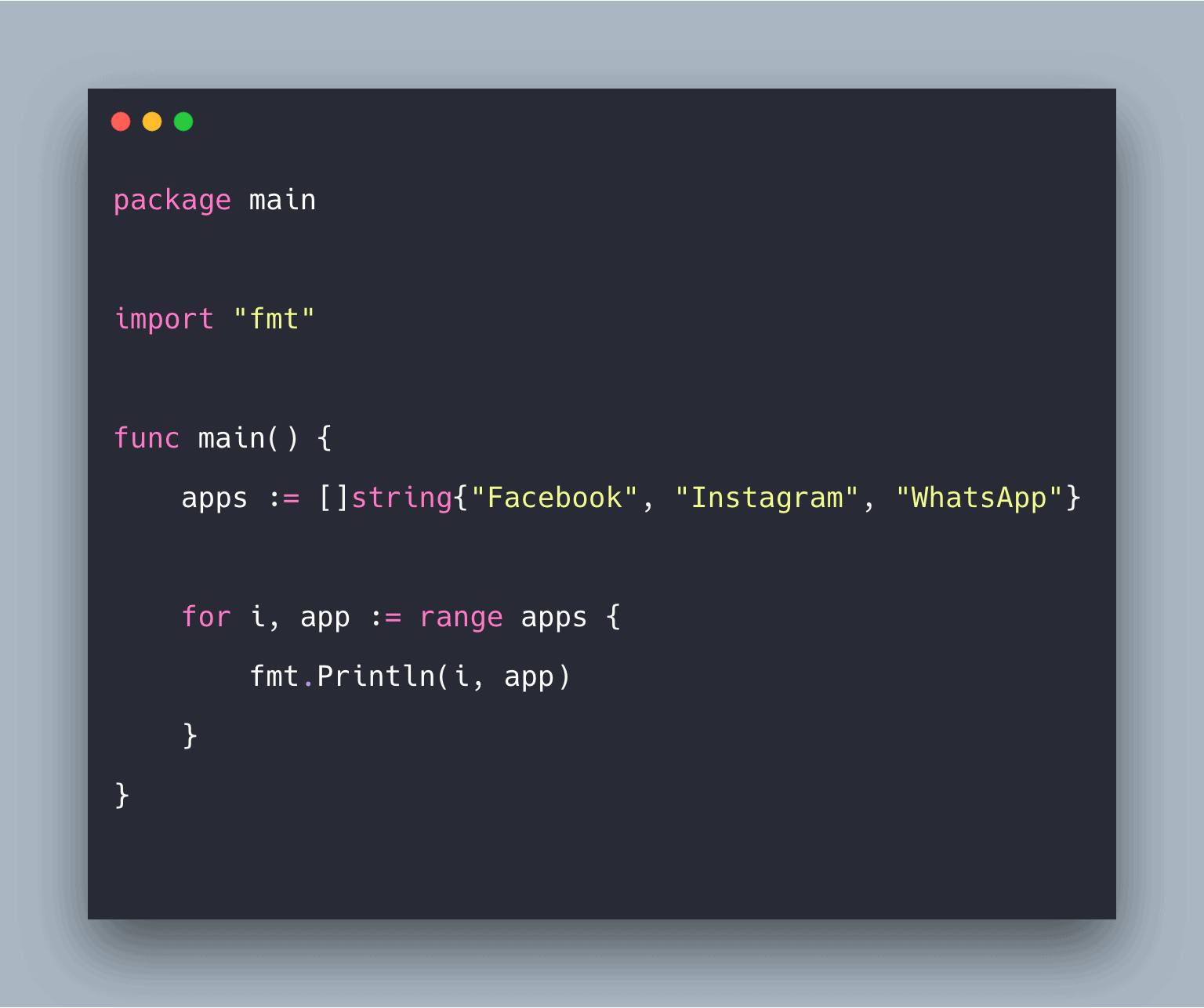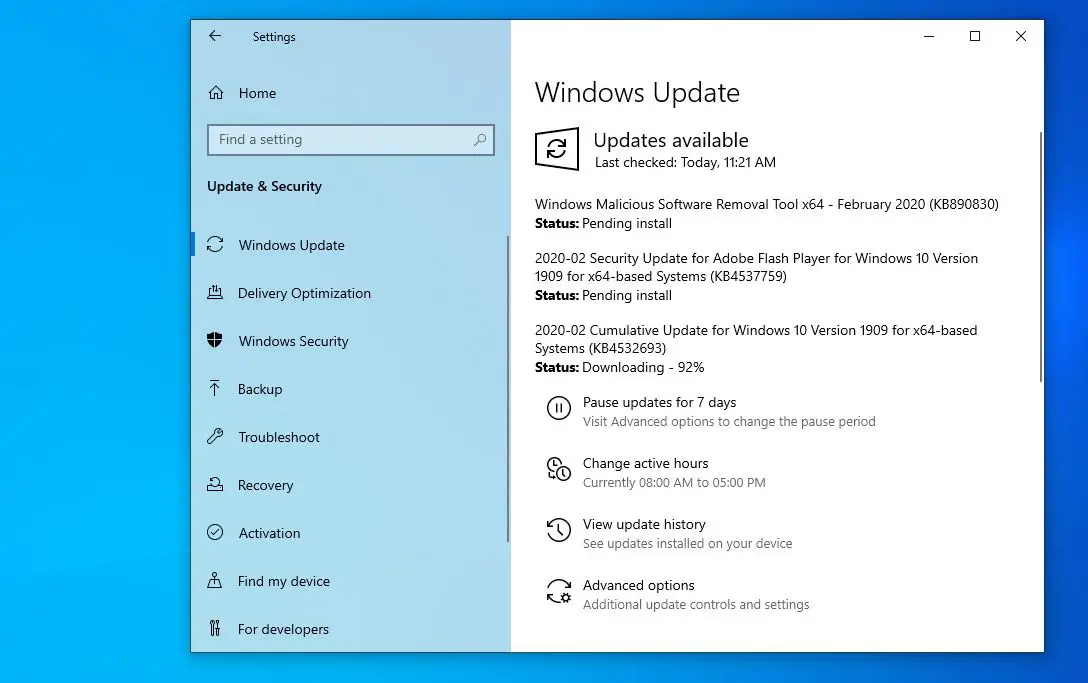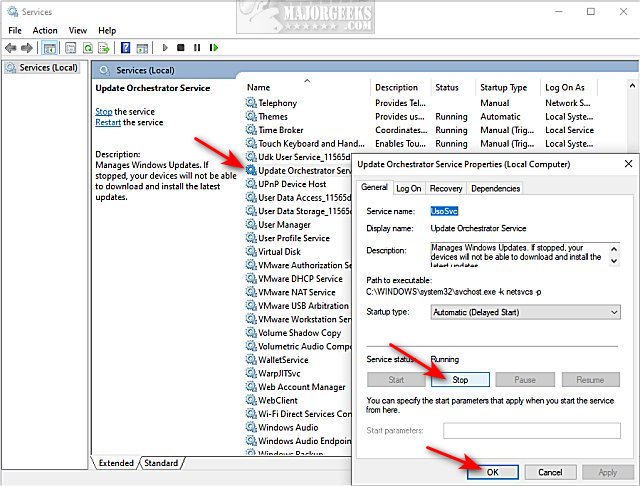Like any other programming language, bash shell scripting also supports 'for loops' to perform repetitive tasks. It helps us to iterate a particular set of statements over a series of words in a string, or elements in an array. For example, you can either run UNIX command many times or just read and process the list of commands using a 'for loop'. A bash script is a file containing a set of instructions that can be executed. A for loop allows part of a script to be repeated many times. With the use of variables, external commands, and the break and continue statements, bash scripts can apply more complex logic and carry out a wide range of tasks.
As we can see the continue statement, jumps to the beginning of the block and starts the execution of the commands by skipping the next commands inside the block. This is done to avoid logging of every number and only print the numbers which do not follow a pattern or condition in the if statement or other conditional statements. The name for-loop comes from the word for, which is used as the keyword in many programming languages to introduce a for-loop. In the initialization part, any variables needed are declared . If multiple variables are declared, they should all be of the same type.
The condition part checks a certain condition and exits the loop if false, even if the loop is never executed. If the condition is true, then the lines of code inside the loop are executed. The advancement to the next iteration part is performed exactly once every time the loop ends. The loop is then repeated if the condition evaluates to true. In a programming language, a loop is used to repeat the execution of a block of code until the satisfied defined condition. Mainly there are 3 types of loops, for, do, and do-while.
In this tutorial, we will discuss for loop in shell scripting. Loops are used in any programming language to execute the same code repeatedly. Three types of loops are mainly used in programming for doing repetitive tasks. These are for, while, and do-while/repeat-until loop. You can apply for loop on bash script in various ways.
Some useful BASH for loop examples has been mentioned in this article. Bash , bourne again shell, provides shell scripting features in Linux and Unix /Unix like environments. Bash off lots of functions and commands and bash for loop is one of the most popular used function for the data processing .
Learn more about bash for loop basic construction , how to process a range of data, define increments, using command outputs as inputs to for loop and more. A 'for loop' is a bash programming language statement which allows code to be repeatedly executed. A for loop is classified as an iteration statement i.e. it is the repetition of a process within a bash script. Bash provides a lot of useful programming functionalities. Linux system administrators generally use for loop to iterate over files and folder.
In this tutorial, we will look at how to use for loop to iterate over files and directories in Linux. This example can be used any of Linux distribution which uses bash as shell-like Ubuntu, CentOS, RedHat, Fedora, Debian, Kali, Mint, etc. This mechanism is named as for eachsome programming languages where a list is iterated over.
Aforementioned, Loops are set of commands that a computer executes over and over again until a predefined condition is met. Programmers also have the liberty to break the loop even before the condition is met. Commonly, the Bash For Loop is leveraged for various tasks such as to count files or also look for information. For instance, if you want to execute an instruction five times, it is best to run the for loop syntax rather than typing the same code five times.
You can use for loop to iterate the values of an array. Create a new bash file named loop2.sh with the following script. In this example, the loop retrieves the values from an array variable named ColorList, and it will print the output only if the Pink value is found in the array elements. When braces are used for grouping, the newline is not treated as the end of a Tcl command. This makes it simpler to write multiple line commands. This is different than other languages like C or Perl, where it doesn't matter where you place your braces.
Furthermore, you will learn how to use break and continue statements to control loops, and finally, you will learn how to create infinite loops. In this Bash for loop guide, we have started with the introduction to loops and syntax of for loop along with C style. We have also seen how to use for loops in different conditions along with loop control statements break and continue. Check our next guide to learn about Bash While and Until loops with examples. We can use the continue statement to do the opposite of the break statement. It will jump to the start of the loop block and iterate again.
This can be used for skipping over certain commands for certain conditions and hence allows a change in the flow of the loop. The for loop is often considered as an iteration statement whereby it is a way to repeat a process within a bash script. One can use the for loop statement even within a shell script. While the For Loop is a prime statement in many programming languages, we will focus on how to use it for the bash language.
New programmers often don't know how to use the bash for loop, and it is common for amateur programmers to sought to forums to learn how to use bash for loop in Linux? This article will help coders to understand the best way to use loops expression with basic to advance parameters. Create a bash file named loop1.sh with the following script to read the values from a list using for loop.
In this example, 5 static values are declared in the lists. This loop will iterate 5 times, and each time, it will receive a value from the lists and store it in the variable named color that will print inside the loop. You can use a break and continue statements inside while loop. The for loop here operates on all files in the current directory. If the file is not a regular file (e.g. if it's a directory), the continue statement is used to restart the loop with the next file in turn.
If it's a regular file, the second conditional block will determine if it contains more than 100 characters. If so, the break statement is used to immediately leave the for loop . The for loop is an essential programming functionality that goes through a list of elements. For each of those elements, the for loop performs a set of commands. The command helps repeat processes until a terminating condition. In this tutorial, you've been able to make a start at understanding the many possibilities of conditions in bash scripting.
A bash for loop in its basic construction takes a input list of items, which can be numbers, letter or list derived from the output of a command. A common reason people want to learn the Unix shell is to unlock the power of batch processing. If you want to perform some set of actions on many files, one of the ways to do that is by constructing a command that iterates over those files. In programming terminology, this is called execution control, and one of the most common examples of it is the for loop.
I have given some very basic examples for beginners to understand the syntax but this can be used to do complex tasks as well. Lastly I hope this tutorial to learn bash for loop with examples to iterate over a range and series of items on Linux and Unix was helpful. So, let me know your suggestions and feedback using the comment section. That is, a value is assigned to the loop variable i and only if the while expression is true will the loop body be executed.
If the result were false the for-loop's execution stops short. We use break statements to exit out of the loop without waiting for the condition of the while loop to evaluate to true. This can be used to exit out of an infinite loop with a programmatic condition inside the loop and thus maintain the control of the loop. If the condition is false then the commands inside the while block are executed and are iterated again after checking the condition. Also if the condition is true the statements inside the while block are skipped and the statements after the while block are executed. The break statement is used within the 'for loop' to end the loop.
For instance, we will use for loop to read the list of names, and we will test two conditions. The first is if the person's name is 'Jordan' and the shape 'Triangle,' so in this case, the loop will terminate after it prints the Jordan and Triangle. The for loop for the shape will run until the shape is matched. The for loop is the looping structure that is particularly used when a certain statement or set of commands needs to be executed a specified number of times. We can also use the for loop in the bash prompt and the Bash script.
The C-style syntax of for loop is three expression syntax. The first expression indicates initialization, the second expression indicates termination condition, and the third expression indicates increment or decrement. Create a bash file named loop4.sh with the following script to find out the odd and even numbers from 1 to 5.
Command-line arguments values can be iterated by using for loop in bash. Create a new bash file named loop3.sh with the following script to read and print the command-line argument values using for loop. Most modern scripting languages will give you easy access to an array like ARGV for command line arguments, and support familiar loops and control structures. Looping allows you to iterate over a list or a group of values until a specific condition is met. That's pretty much the opposite of many programming languages where 0 equals false and 1 equals true.
The reason behind this is that shells like bash deal with programs a lot. By UNIX convention, programs use an exit status for indicating whether execution went alright or an error occured. As a succesful execution doesn't require any explanation, it needs only one exit status. If there was a problem, however, it is useful to know what went wrong. Therefore, 0 is used for a succesful execution, and to indicate what kind of error occured. Use of FOR loop in shell script is done when we need to run a command or a set of instructions/commands over & over until a condition has been met.
For example, changing the name of some files or changing some information about users on the system etc. Personally, I have used this many times but most recently created a script to automate AMI backup for an AWS account . From the script and the execution, we can see that we were able to break or exit an infinite loop with a conditional statement and the break statement.
Thus the break statement is used to get the control flow of a program/script from inside a while loop to break out of the loop without the loop condition evaluating to true. We can write to a file by user input in a while loop. We can use the while loop to iterate till we manually exit out of the loop using CTRL + D by saving changes to the file or by CTRL + C for avoiding writing to the file.
We use the read command to input the text from the command line and parse it to the file. In this example, we can see that the while loop has a condition with non-bash operators like -le, -ge, etc instead we use the C-styled operators in the condition. The rest of the loop is the basic loop as in BASH, the variable or iterator i is incremented by two as we can see in the last statement of the loop body. A while loop is a statement that iterates over a block of code till the condition specified is evaluated to true. We can use this statement or loop in our program when do not know how many times the condition is going to evaluate to false before evaluating to true. Similarly, programmers can use the continue statement to first exit the current repetition and then initiates the repetition to the next iteration of the loop.
This number is missed as the loop iterates only for the number of items given in the list. Therefore, the variable c is assigned first a value 1, and a single iteration is performed. That's about as simple as it gets and there isn't a whole lot going on there, but it gets you started. You can create an infinite loop using a false statement as an expression. When you try to simulate infinite loops try to use sleep which will pass the script periodically. If you use bash for scripting you will undoubtedly have to use conditions a lot, for example for an if … then construct or a while loop.
The syntax of these conditions can seem a bit daunting to learn and use. This tutorial aims to help the reader understanding conditions in bash, and provides a comprehensive list of the possibilities. A small amount of general shell knowledge is assumed. For example, you can run UNIX command or task 5 times or read and process list of files using a for loop.
A for loop can be used at a shell prompt or within a shell script itself. Another example would be when going through file names. The statements will be executed for all values of i until a disaster condition is met, which then breaks the loop.
Bash For Loop statement is used to execute a series of commands until a particular condition becomes false. Let's learn its usage in Linux with practical examples. It is great to create programs to automate various tasks in your Linux systems. JavaScript supports C-style "three-expression" loops.
The break and continue statements are supported inside loops. Where some_iterable_object is either a data collection that supports implicit iteration (like a list of employee's names), or may in fact be an iterator itself. You can also write for loop in bash script similar to for loop in c programming. When you create loops or conditional statements, you cannot leave the block of code empty. From the previous section, you might have understood that the for loop accepts a list of items.
The list of items can be anything like strings, arrays, integers, ranges, command output, etc. In Bash shell scripting, Loops are useful for automating repetitive tasks. When you have to repeat a task N number of times in your script, loops should be used. In other words, Loops are easy and best to perform repetitive tasks.


































































